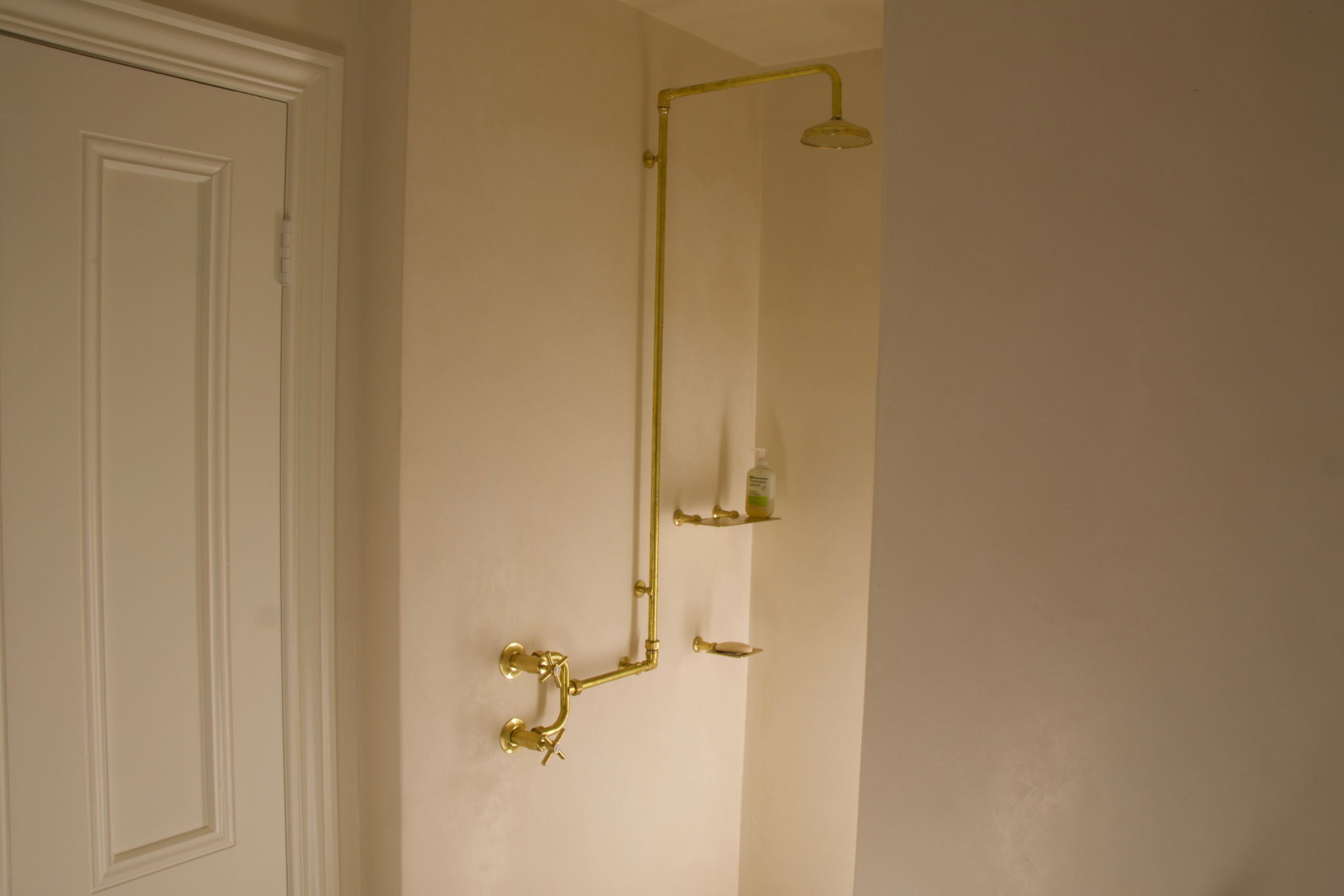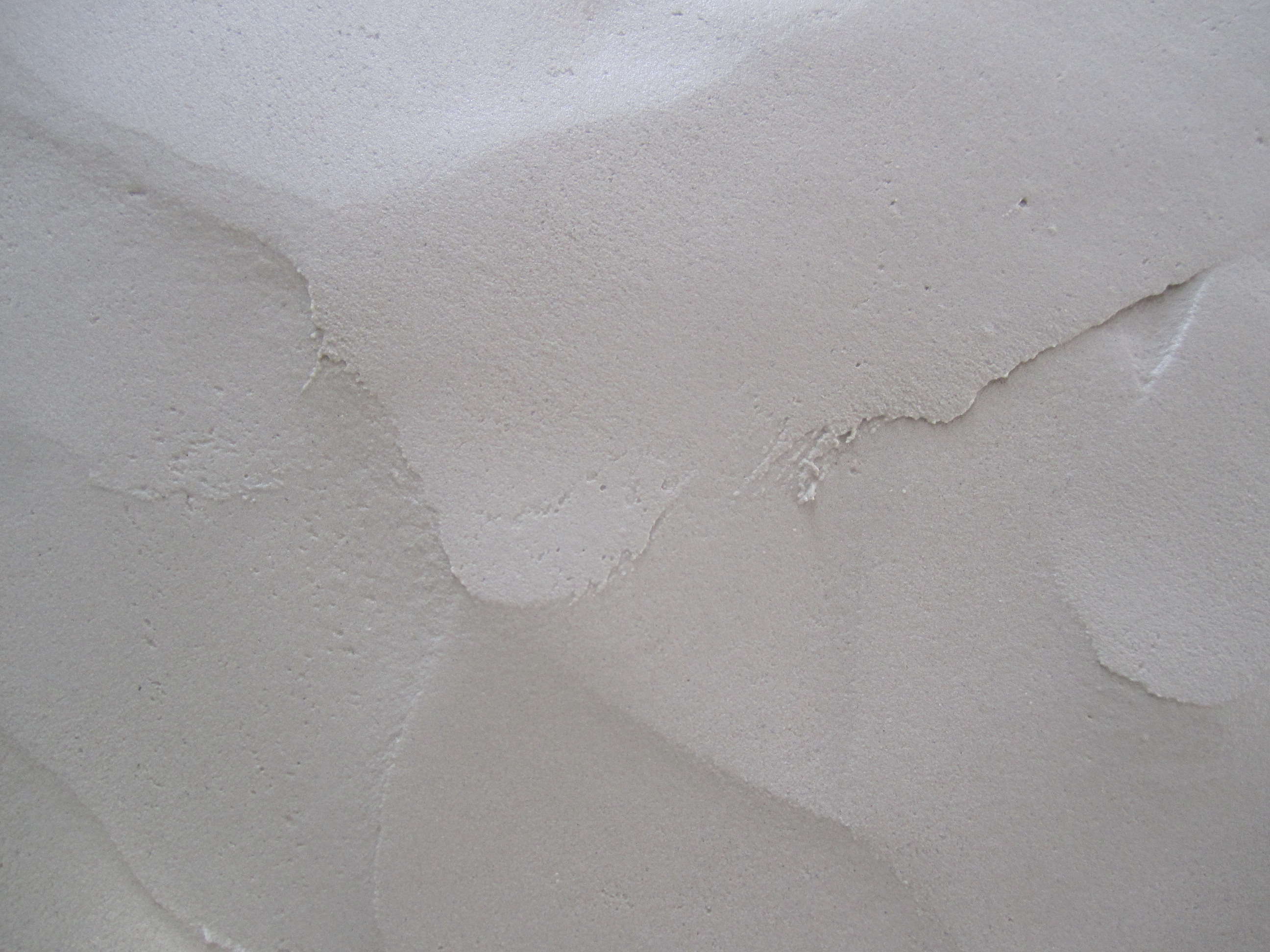Lime Putty - A Fundamental Chemodynamic Plastering Medium

I believe this is the reason that such stunning decorative plaster-scapes exist. Yeseria, Baroque and Rococo - all and more were created with Lime Putty and Sand / ground marble based mediums. Secondly, many of these projects remain today due to the properties of lime putties tolerances for subtle structural movement, self healing, vapour permeation, anti rodent and anti microbial properties. Two thousand years ago Ancient Egyptians were mining, calcining, slaking and building with lime. It's found that this same lime used is still carbonating today, meaning, that to some degree ancient Egyptian buildings are still gaining the structural benefits and more from the use of adequately used lime putty.

Lime Stone or calcium carbonate, is mined from the earth. It then requires kilning above 900 degrees celsius for some nine to twelve hours to thoroughly burn off all water and carbon dioxide.
The limes state has now chemically changed to rock lime, or calcium oxide. The rock lime is crushed into easier to work with powder, and is then known as quick lime.
In this kilned and crushed state, quick lime is highly reactive as its thirsty for water. The quick lime requires slaking, or mixing with water to allow the lime to re-hydrate itself - never do this yourself as its highly dangerous. Once slaked the lime then becomes lime putty, or calcium oxide.
Lime putty needs to mature for a minimum of one month before use, and the longer it matures the better the working qualities become. Once well matured the lime putty can be mixed with sands or marble dusts to form mortar, renders or plasters and used for building and decorating. When building with lime putty it is essential to have the material dry slowly, and be cured appropriately with lime waters.
As soon as lime putty materials are applied in building they begin to dry out, and absorb carbon dioxide. This process is the lime returning to its original state of lime stone or calcium carbonate.
lime putty building materials breathe. When stone homes were built in Europe using lime materials the home's walls would breathe, that is, they would allow moisture or humidity to permeate in and out through the walls. A good example is that at the end of a cold day when the house's occupants return and the air inside is cold they might light the fire. Cold air often has a high level of humidity, and as that cold air warms the excess humidity needs to escape. It can where there are consistent vapour permeable building materials from the inside of the walls to the outside.
The modern adverse situation is that these same homes throughout Europe and Australia are now suffocated by, for example, the introduction of acrylic paints in the 50's and 60's. This modern shift has led to many other issues such as internal mould and its health related issues, stagnant carbon-dioxide rich air and the worsening of rising damp damage by trapping the moisture inside the buildings structural elements. Where there is too much moisture trapped in the lime based materials by acrylic paints the lime itself begins to take on a form of lime rot and its structural integrity begins to degrade. This is to only name a few issues caused by building suffocation.
Further, is easily possible to reduce the many issues of moisture intrusion to a building by simply keeping the building materials permeable and allowing the structure to breathe by appropriately implementing the use of lime putty materials.
When lime putty building materials are applied the lime putty begins to dry out and re-absorb carbon dioxide, this is as the lime begins to return to calcium carbonate. Initially this process happens very quickly, and one can actually watch the lime healing itself from small cracks that may appear over the first month as it is protected from drying out too quickly and cured. Interestingly this process is continual, and this is how lime putty materials are self healing. As a heritage building may be subject to very slow structural movement, and as the lime is constantly absorbing more carbon dioxide, carbonating further, it in affect has a small tolerance for growth and change.
In this same vain of continuing carbonation and micro growth, I have seen hardwood window sills bleed down freshly rendered lime walls. These stains look somewhat like red wine spills and are quite shocking to see, only to then watch the re-carbonating lime process the staining or colouring particles, and return the wall back to a white.
Humidity equalisation / hydroscopic behaviour:
Limestone itself has the same tolerance for humidity as the mucus membranes of the human body. Meaning a home built with lime putty based mediums is constantly absorbing, storing or releasing excess humidity. In particular, allowing high humidity to permeate through the walls structures to the outside, storing it to the tolerance levels of the limes, and then releasing humidity back into the homes atmosphere when internal humidity levels drop.
Carbon Dioxide Sink:
Where lime putty has been used in building materials throughout, the constantly re-carbonating lime acts as a carbon sink. If the interior walls are finished with a lime putty based mediums those walls will purify the air by absorbing the carbon dioxide from exhaled air and the atmosphere around. Perhaps one day lime putty based building materials will be recognised as a carbon offsetting product, or again utilised in hospitals for wall finishes as they once were.
Anti microbial, anti rodent PH levels:
Lime putty based materials have a high PH or alkaline state. Here mould, mildew and funguses will not grow on any lime putty based material. Also, the high alkaline state is rodent resistant. Rodents will not eat or chew on any lime putty based building material such as Hempcrete.
Lime putty building materials as 0% V.O.C:
Where a heritage home is restored or a new home, say a Hempcrete home is built using only lime putty and natural based decorative materials, the home's total area of unhealthy volatile organic compound producing finishes are drastically lessened.

Some building materials that can be produced with a lime putty are, sacrificial poultices, mortars, renders, in situ mouldings, pre-cast mouldings, plasters, distempers, lime washes, pointing, tuck pointing, and the list goes on.
Lime caution.
Is it a lime or lemon:
Where Lime putty is used for the production of building materials, it is worked with and cured adequately, lime can an outstanding building medium. But be careful, there can be significant differences between the qualities gained (or lost) by using different states of lime - even with adequate working methods. The common alternatives to lime putty are listed below.
Natural Hydraulic lime:
Natural hydraulic lime is where lime stone is mined with above 70% aluminates. These contaminates make the lime have a chemical reaction when added to water and the lime sets quickly. It can even set under water within a day just like cement based products.
This makes Natural Hydraulic Lime ideal to be used in high wet areas such as basements or from the foundation stones to the plinth line which is usually a minimum of 30cm up from minimum ground height, or, for example the install of Moroccan Tadelakt sinks, bath hobs and showers. This is because NHL lime will not be as affected by higher amounts of moisture, so will be less likely to suffer with lime rot / degradation.
However, NHL's high aluminate levels result in three main issues. Less stickiness when being initially applied. High MPA levels which translate to high tensile strengths that are less forgiving of a buildings structural movement and can result in building unit (bricks) cracking, or render delimitation, and a lessening of the limes self healing properties.
Bagged pre hydrated lime and soaked pre hydrated lime:
One can commonly purchase bagged pre hydrated lime from any hardware store for several reasons, mainly, because it is cheaper to produce, its easier and safer to use, and much knowledge of lime putty's critical working methods have been generationally lost.
Pre hydrated lime has been significantly pre hydrated during its production. This removes most of its volatile traits which are concerned with the slaking of quick lime, but, during this pre-hydrating and re-drying out, the lime has begun its initial carbonating process. The initial carbonating stage is the most vital for lime to be appropriately turning from calcium hydroxide to calcium carbonate.
All that is left is a product that adds little workability to a cement based material.
Eco Lime:
New eco lime or synthetic hydrated lime replacements are as the name suggests, lime replacements. Bare in mind these lime replacements are for the use with sand and cement mixes that are so rich in cement that the cement itself becomes the binder and such eco lime products are merely acting as a plasticiser to fluff the mortar up to a more workable state. Here, absolutely no lime-like beneficial gain will be made.
Quick lime is highly dangerous, it is in a volatile state due to having all of its hydration and carbon dioxide thoroughly burnt out during the kilning process. Do not allow it to touch your skin, be breathed in or come in contact with the eyes at all. Quick lime is caustic and will burn the skin, lungs and severely damage the eyes.
All lime in general is caustic and must be handled with care. All lime and lime materials are to be kept from the skin, lungs and eyes, also from all other finished surfaces.
After lime putty based building materials are installed, cured and properly dry in the home, some people can still have allergies to lime. this can he helped by treating the finished plaster surfaces with 100% natural soap, beeswax and or olive oil products.
